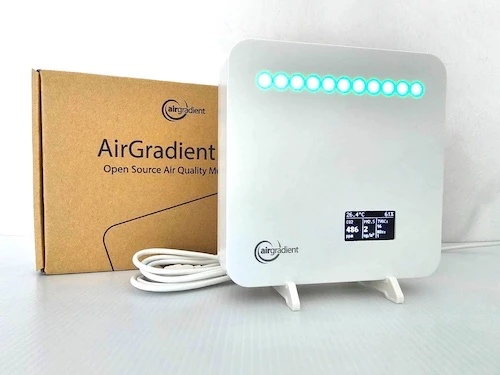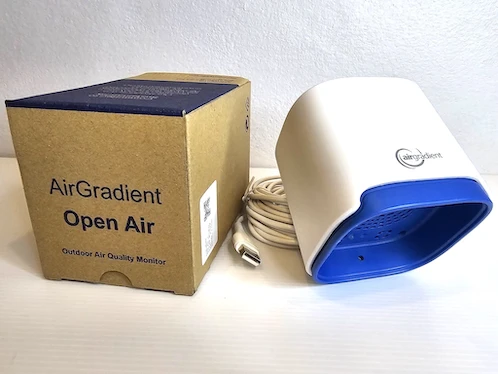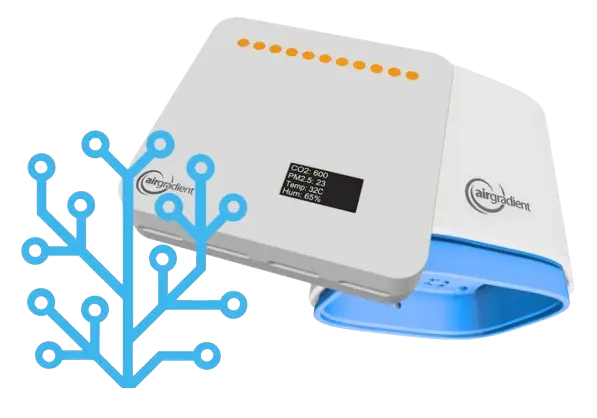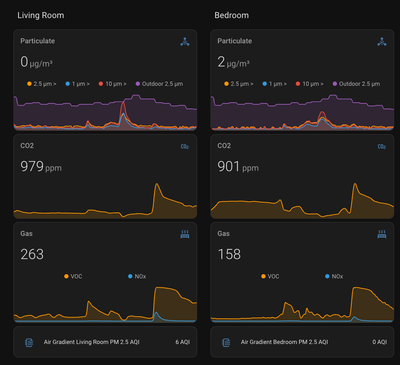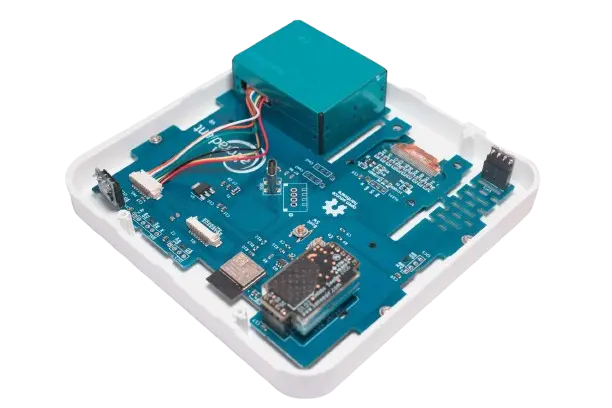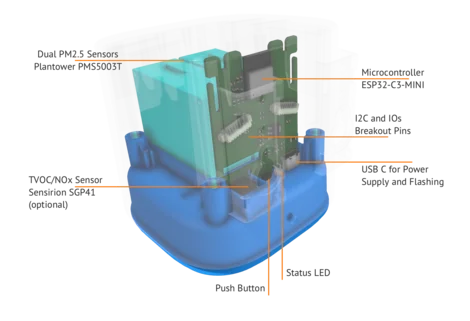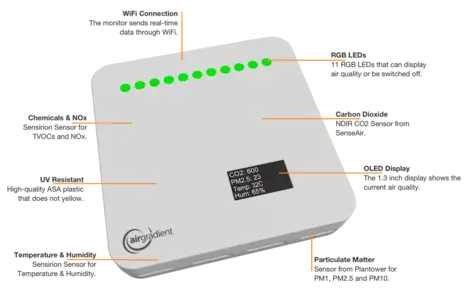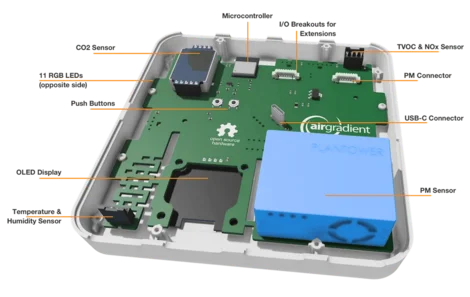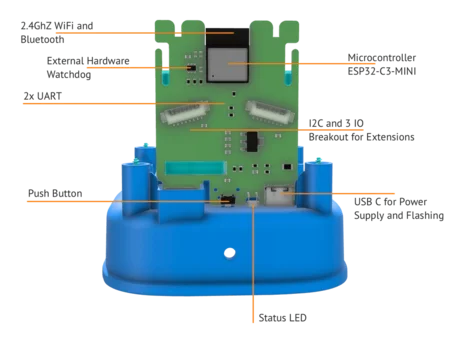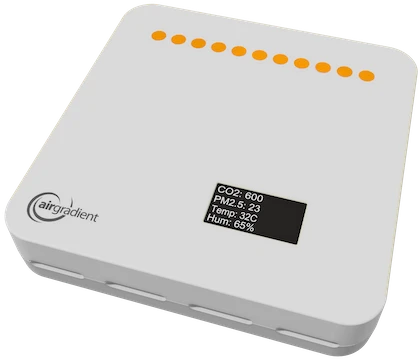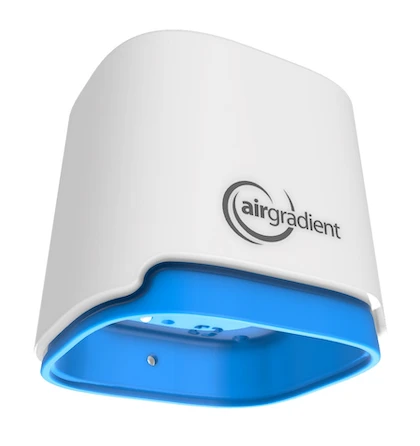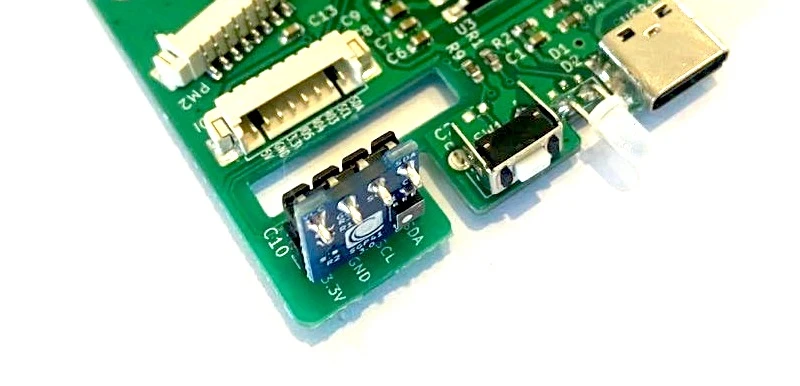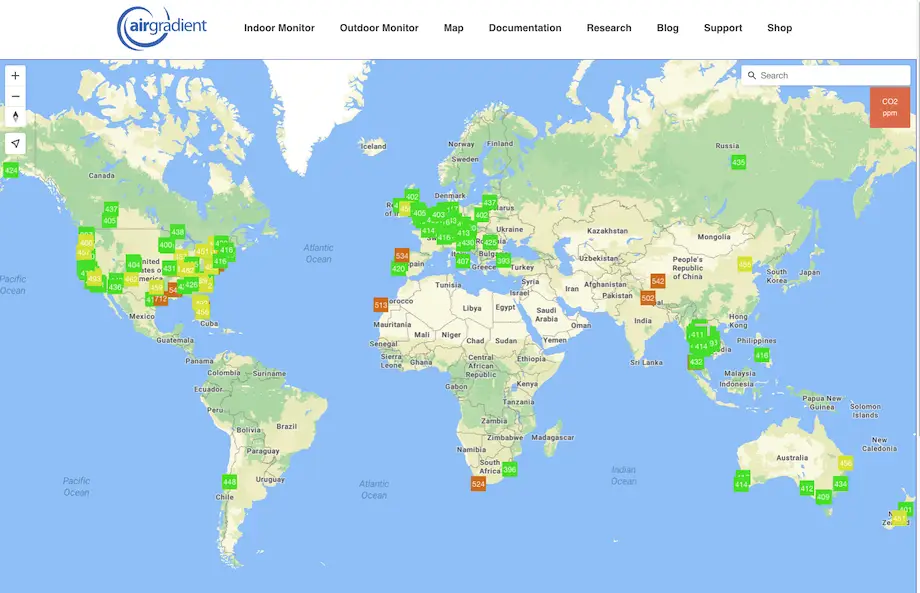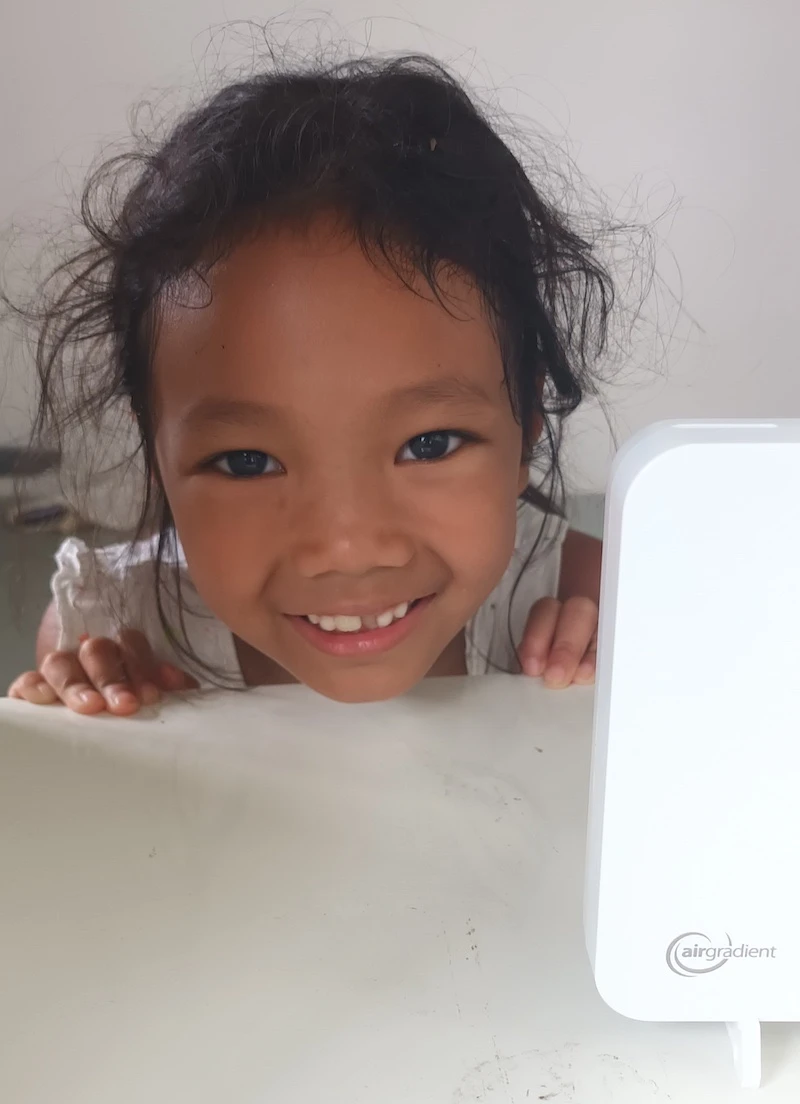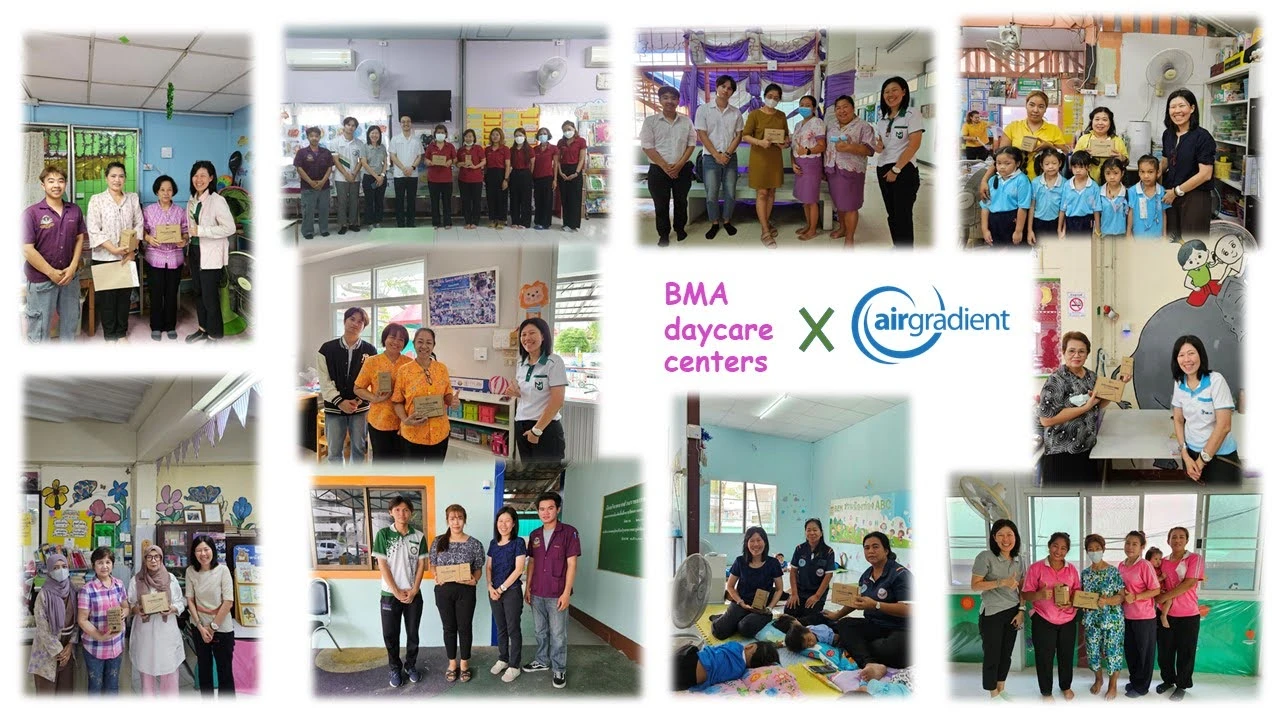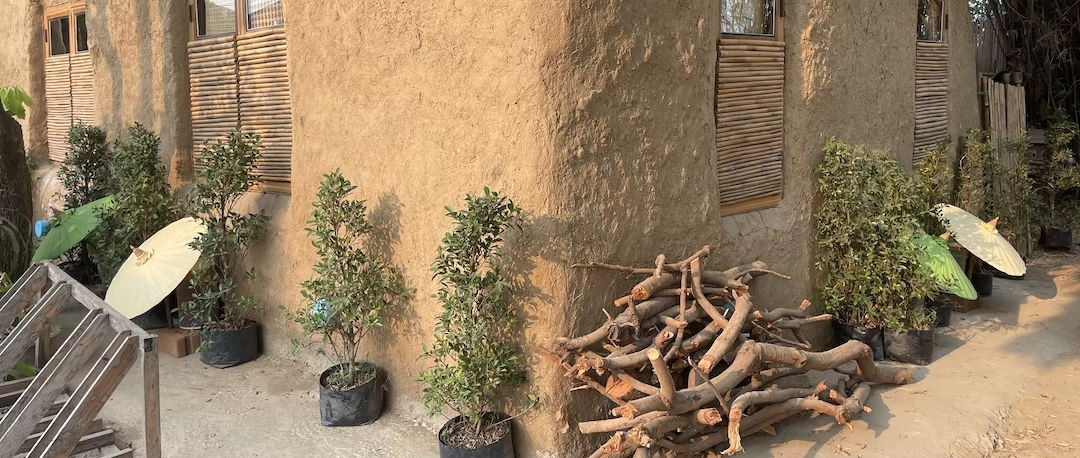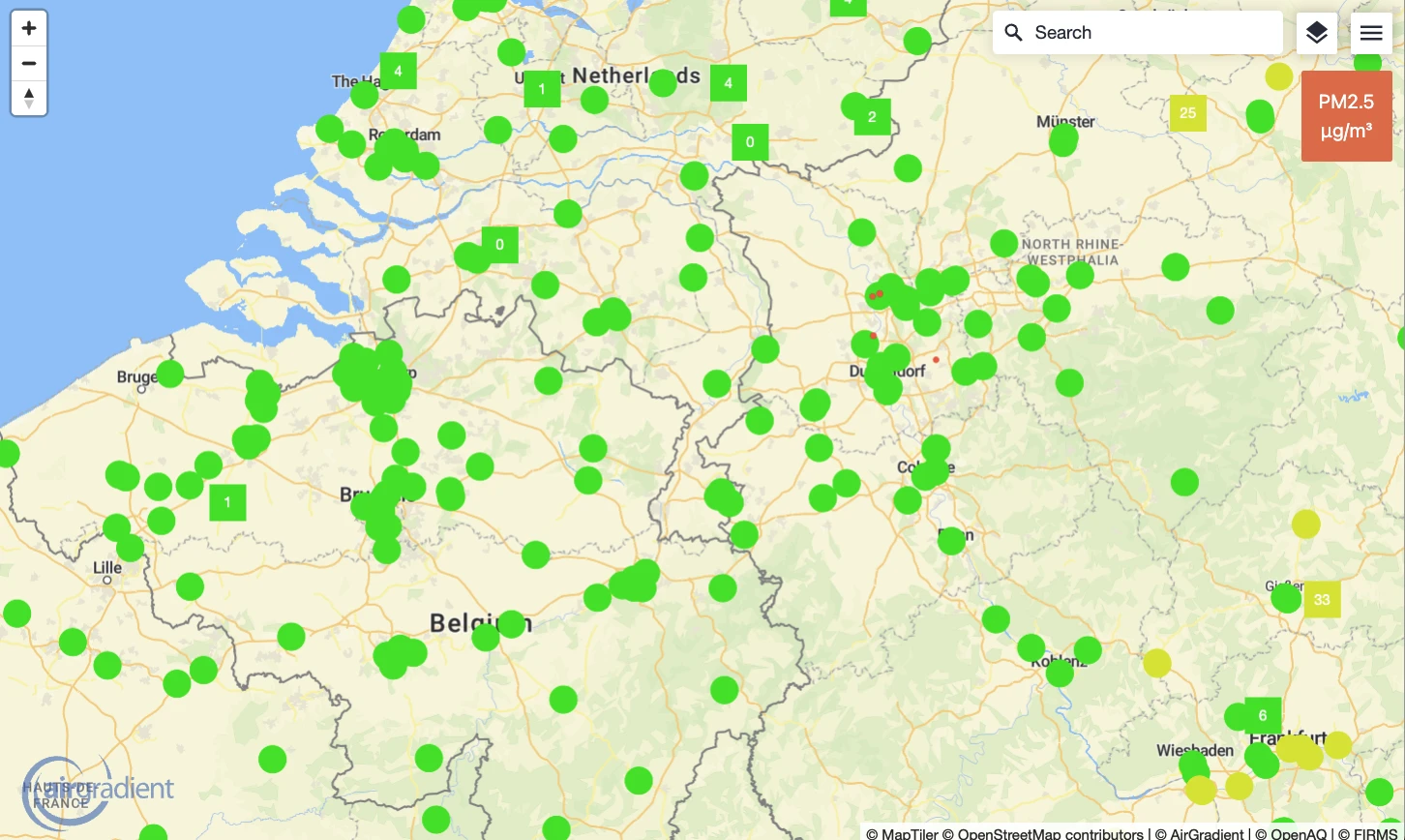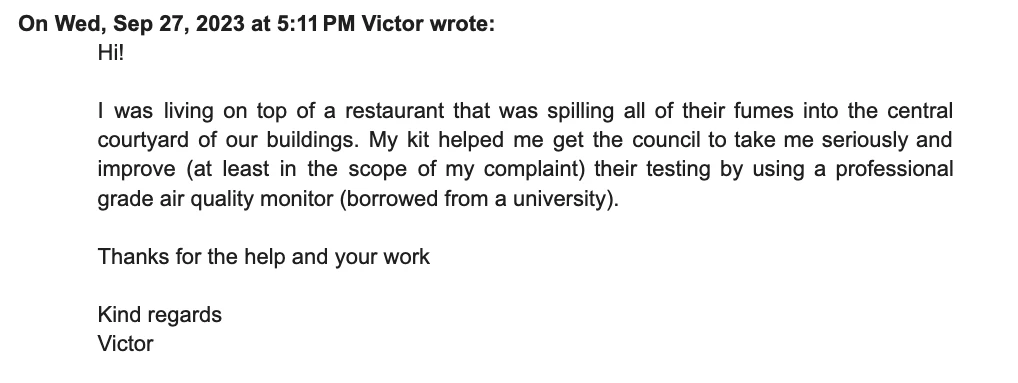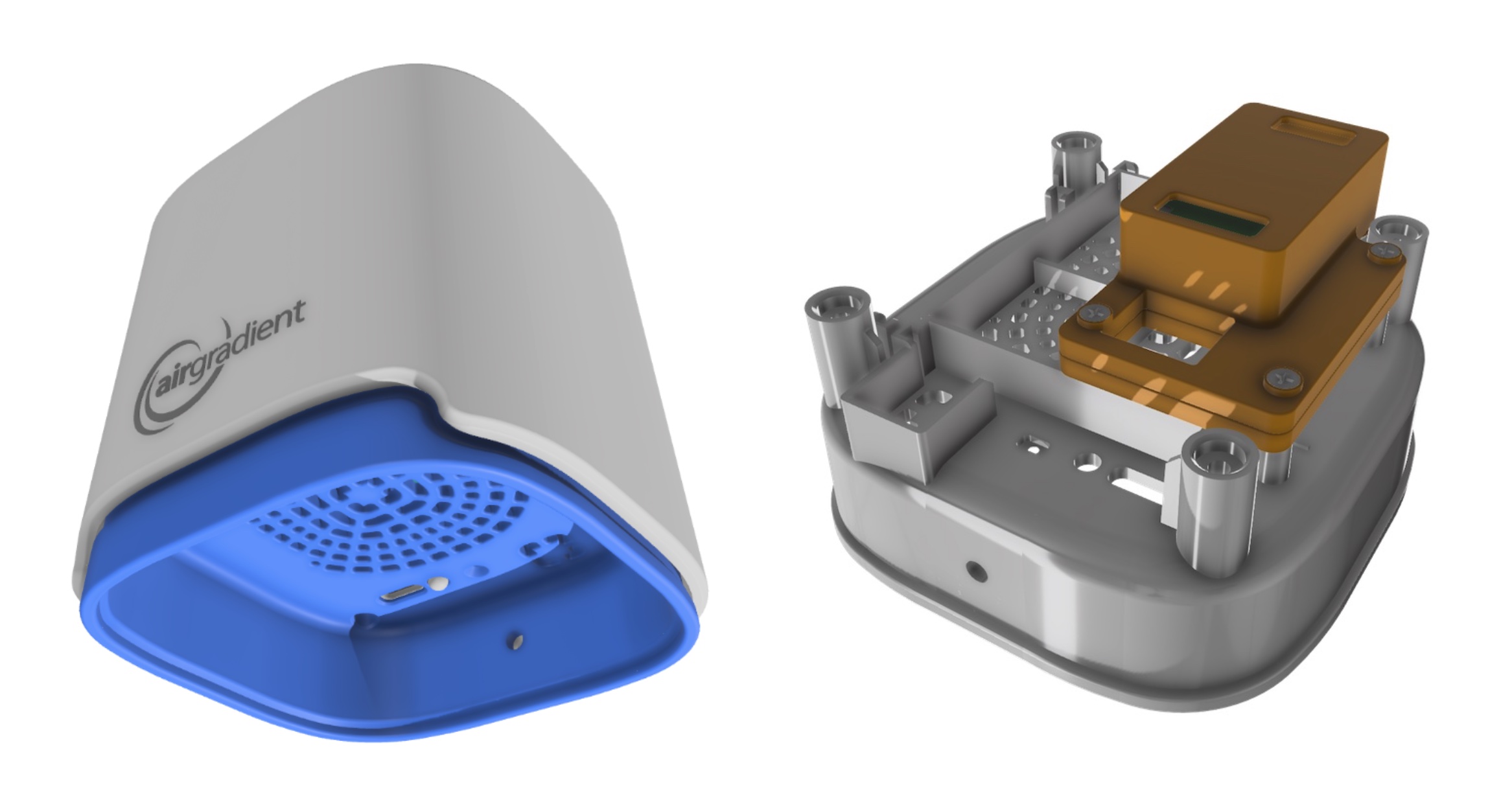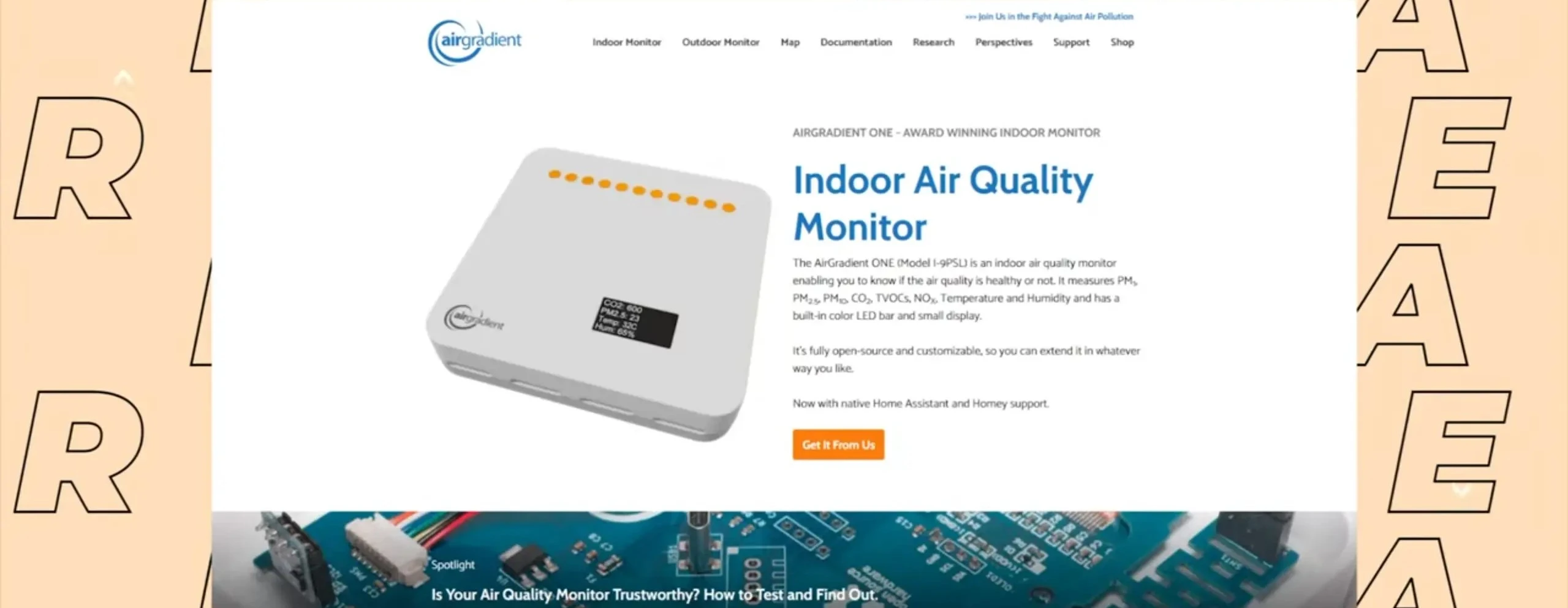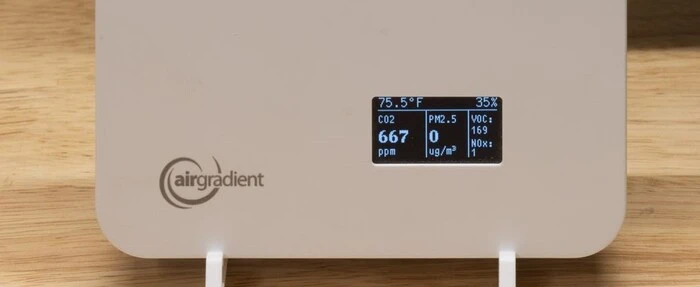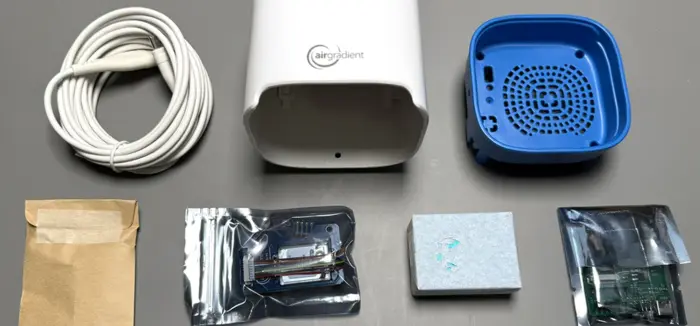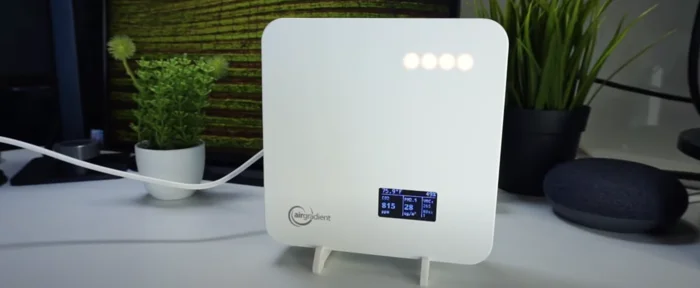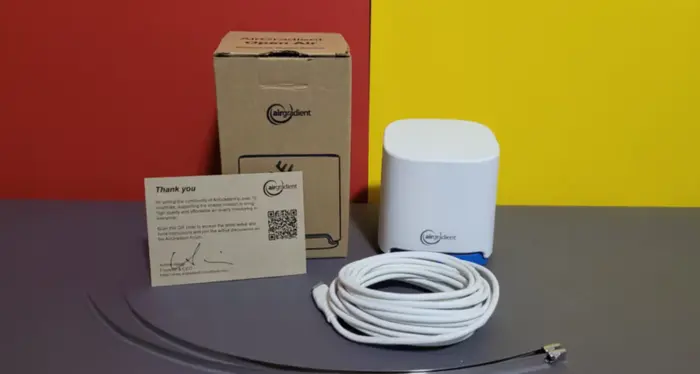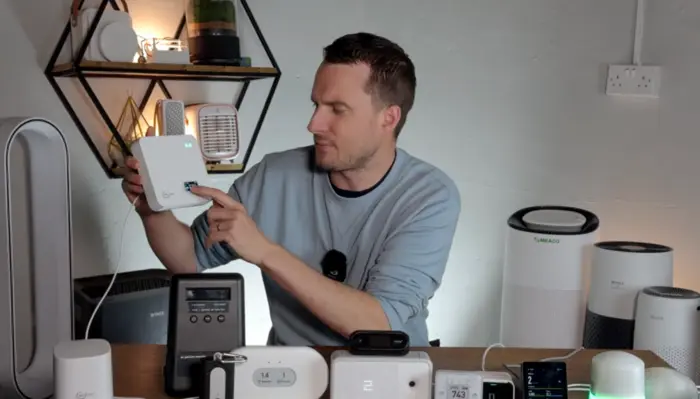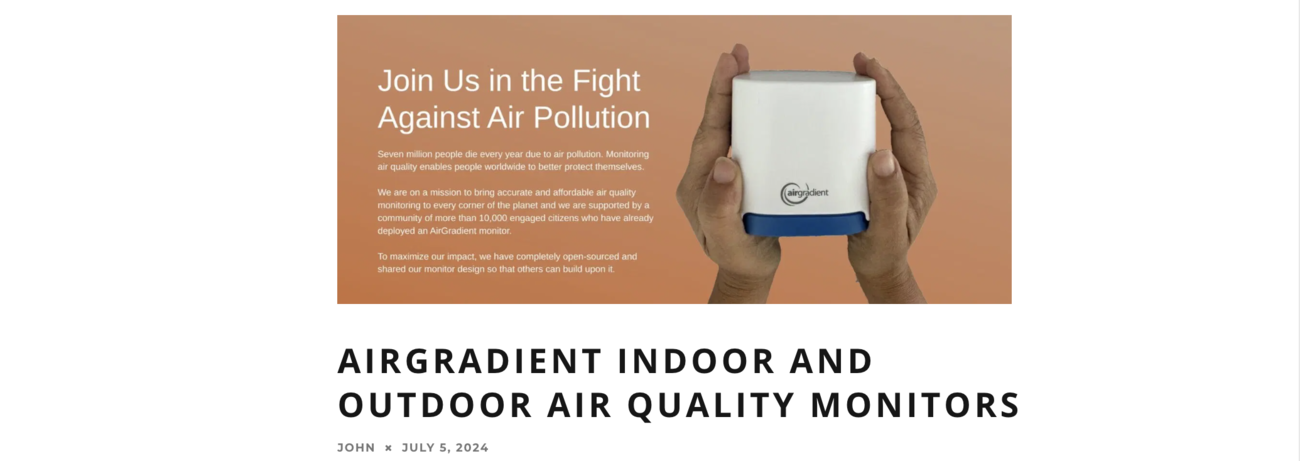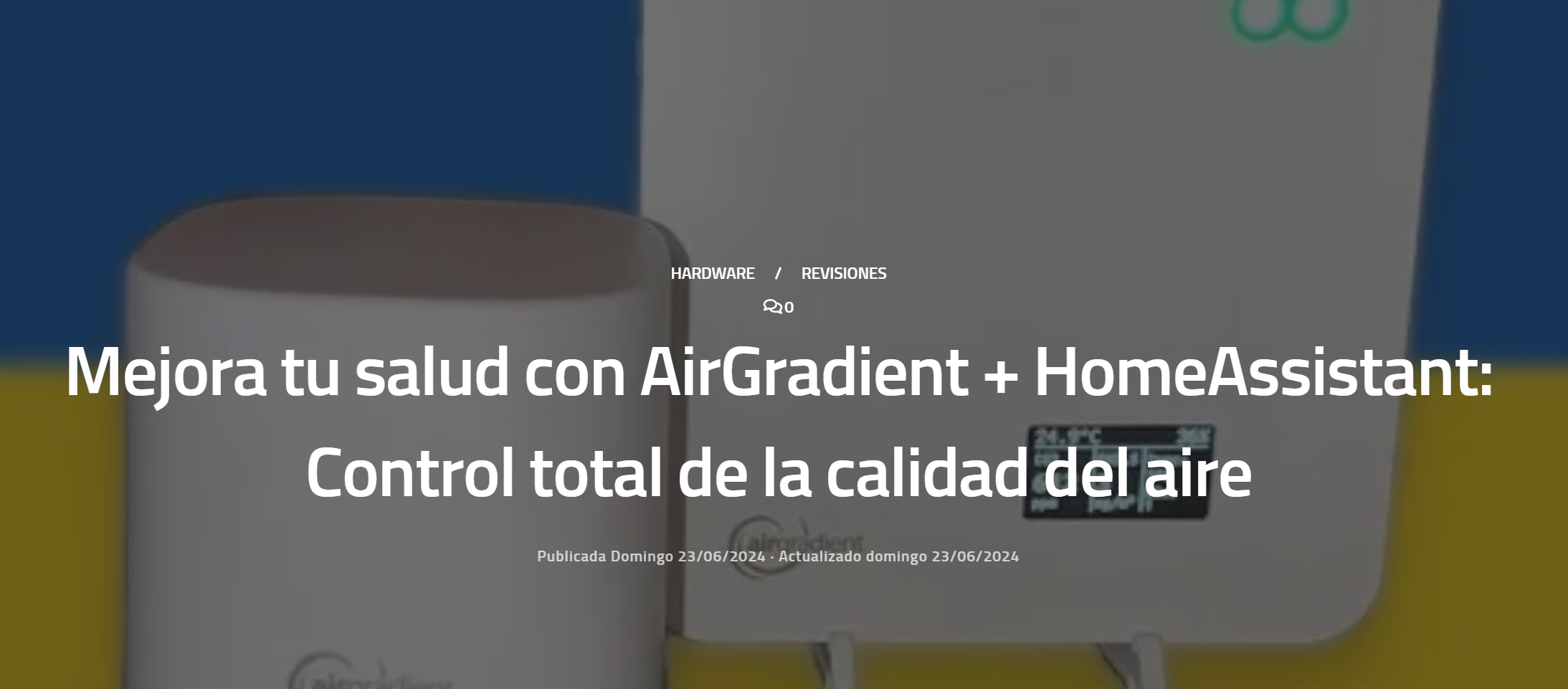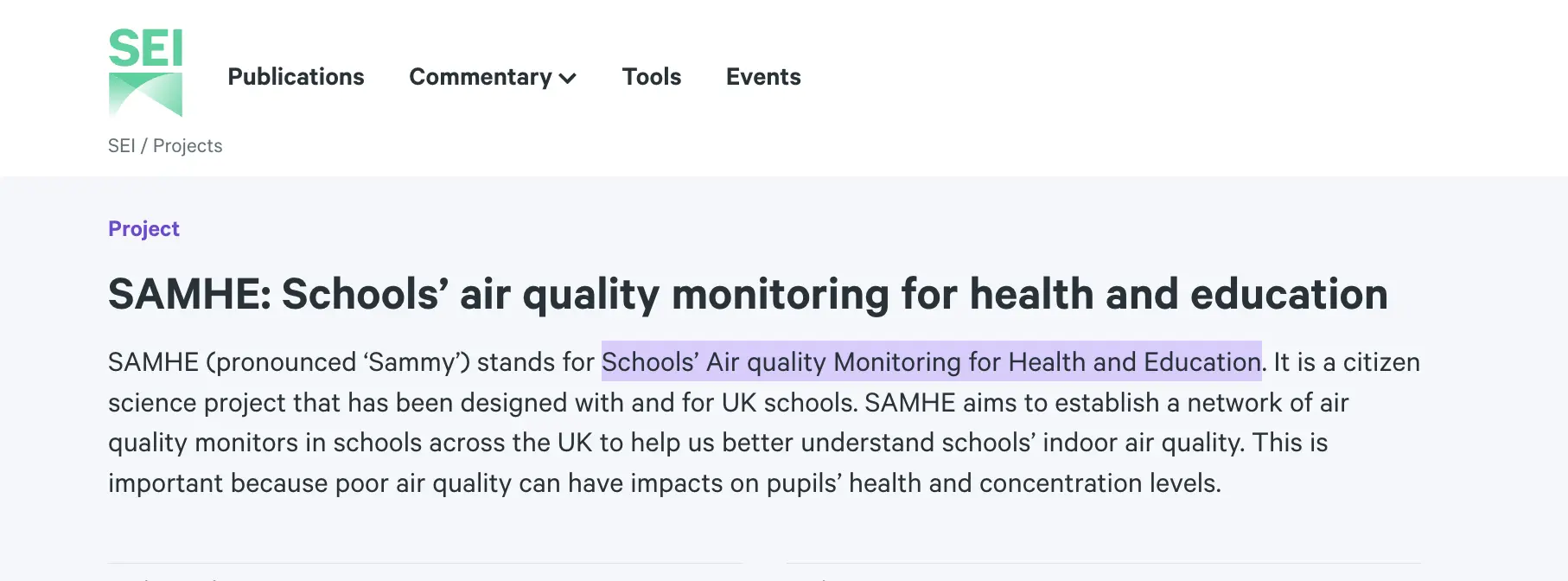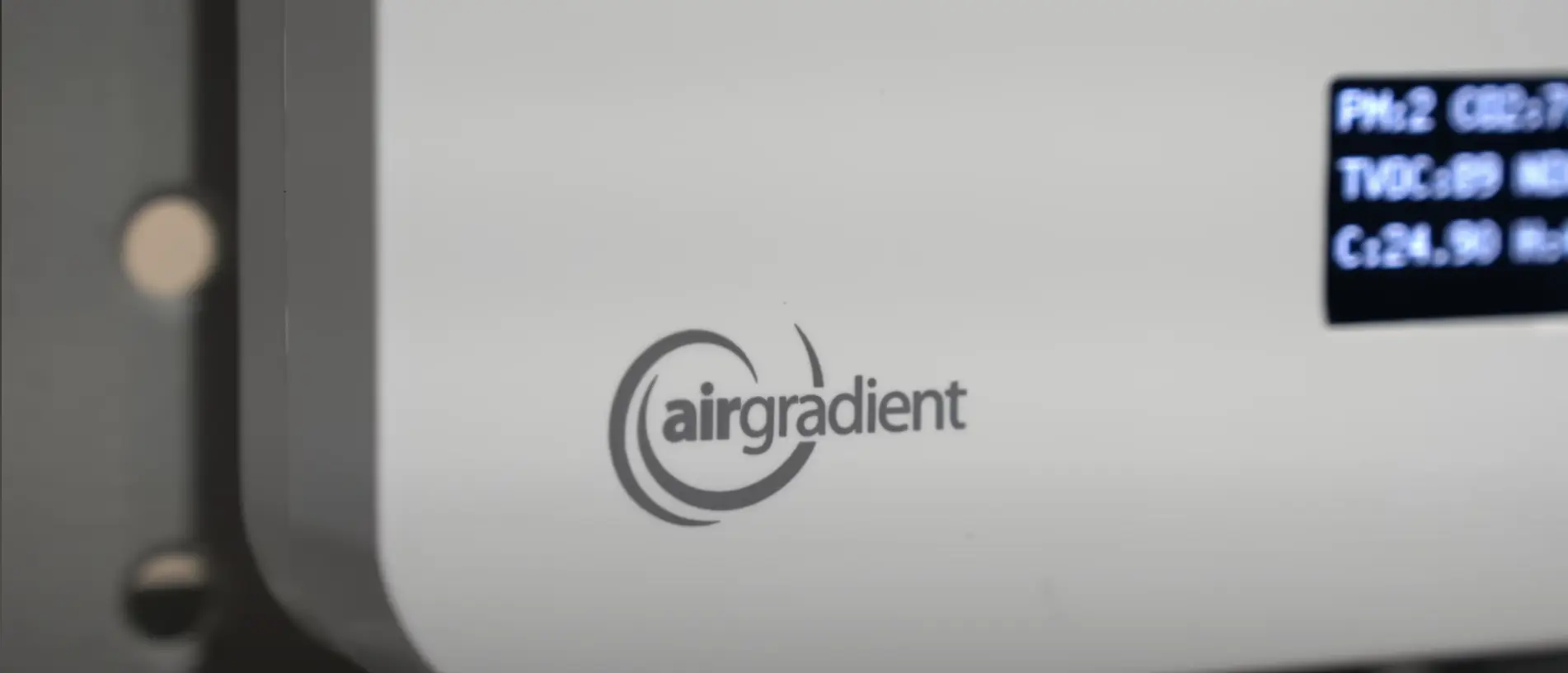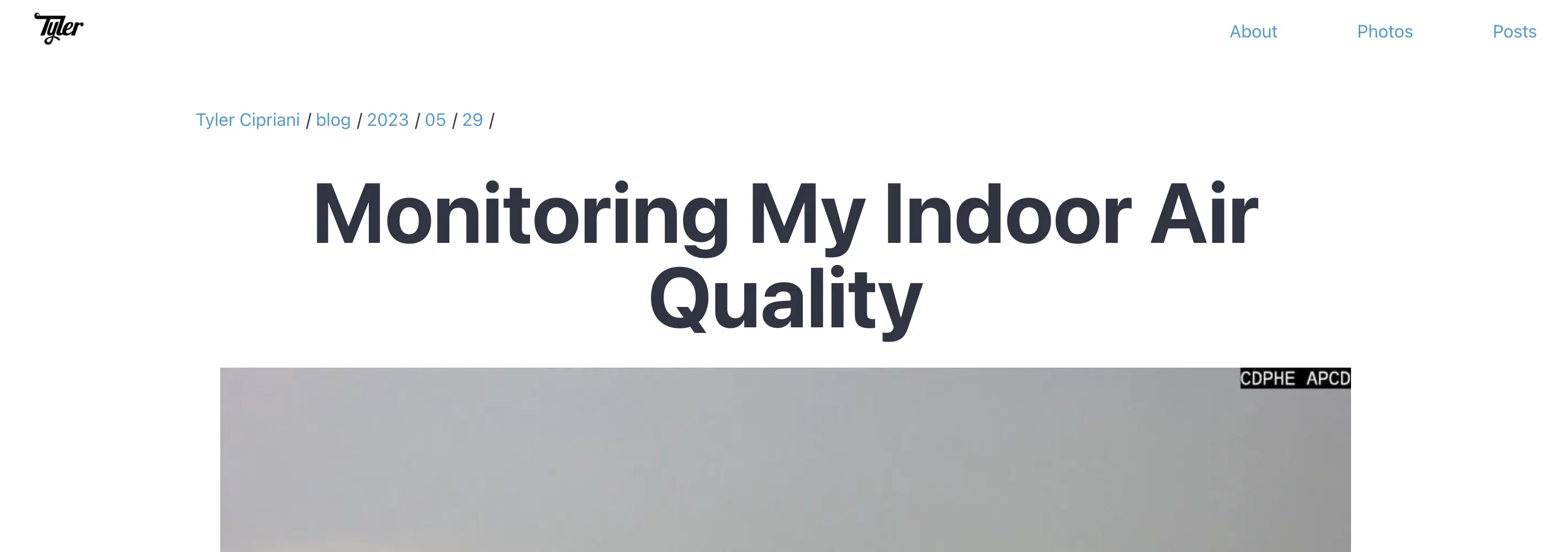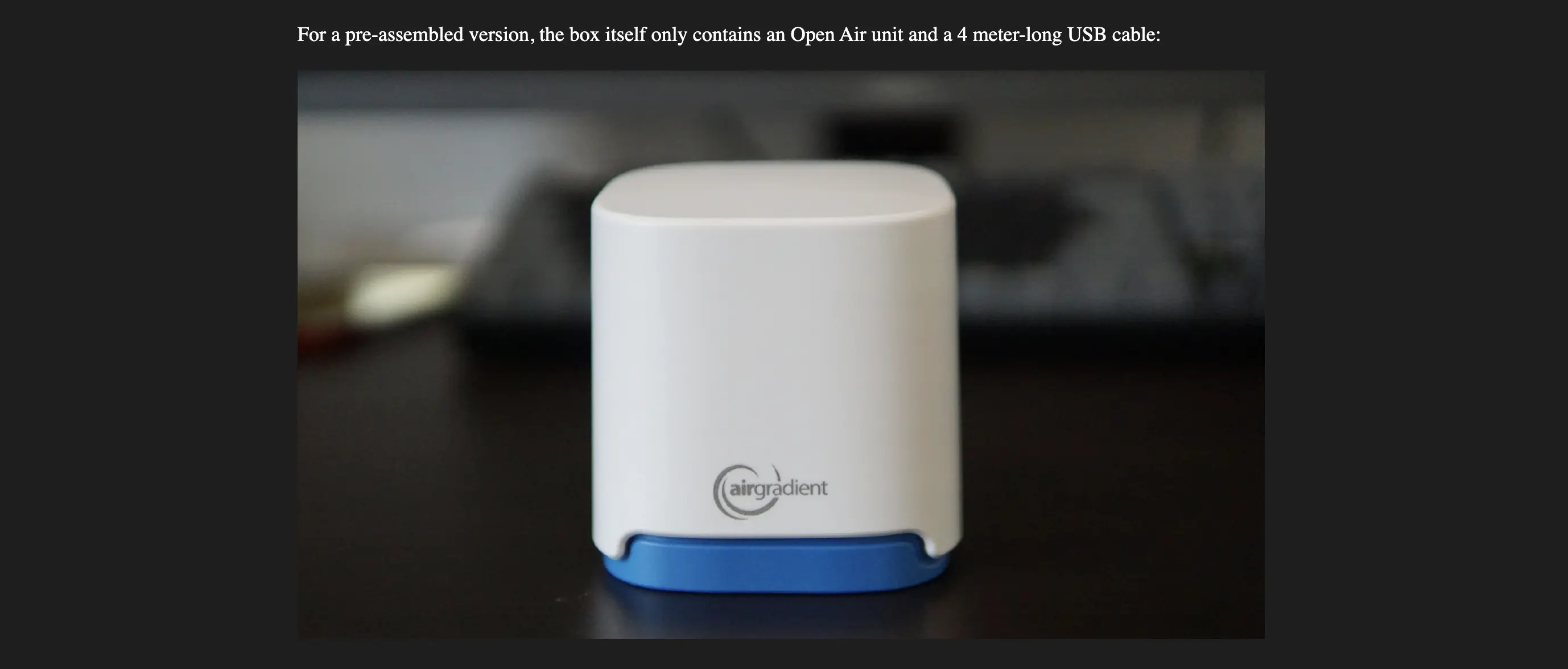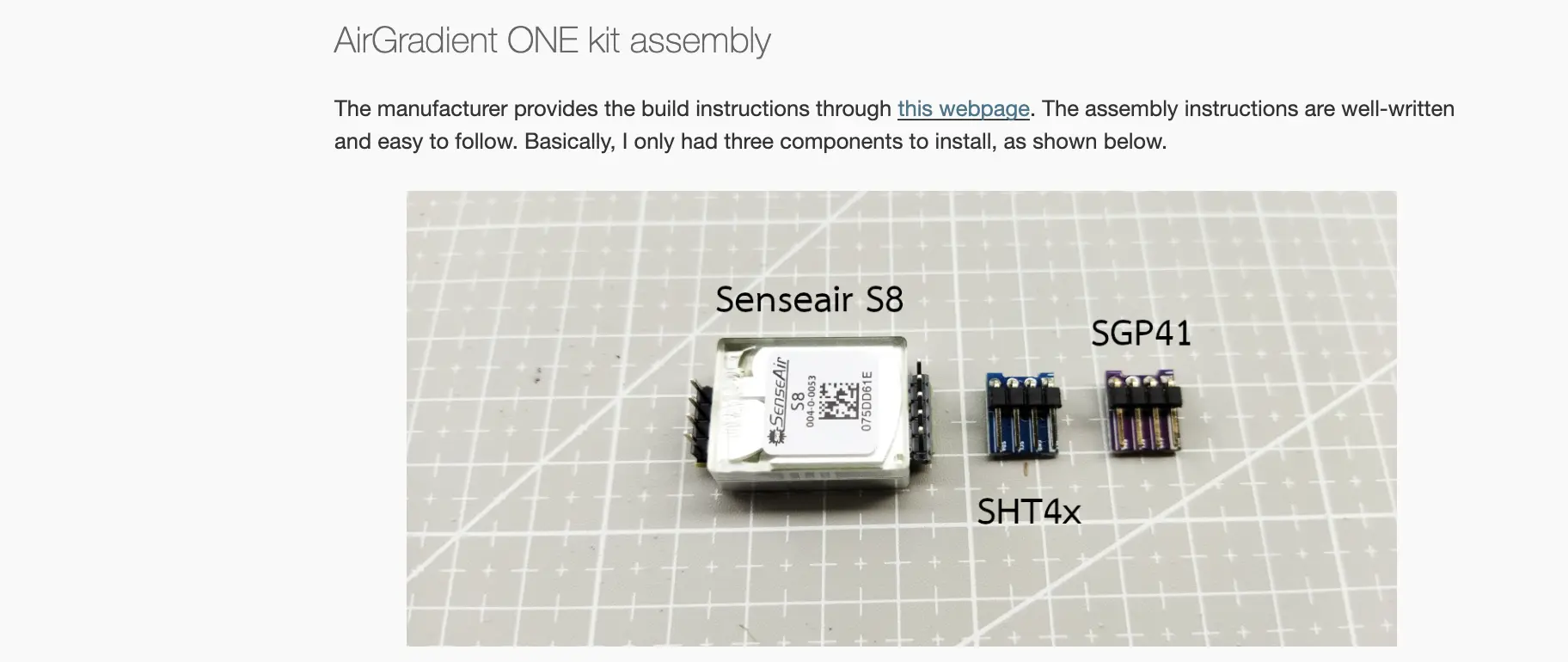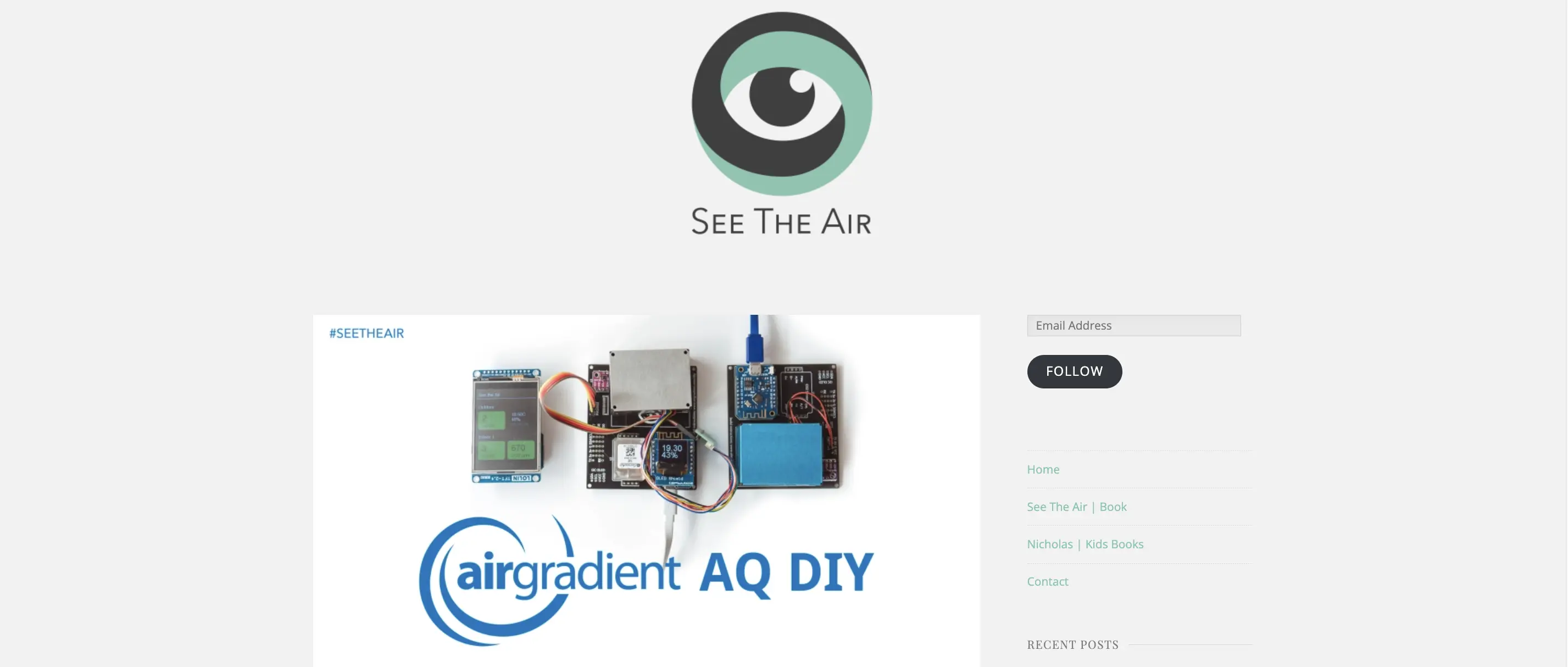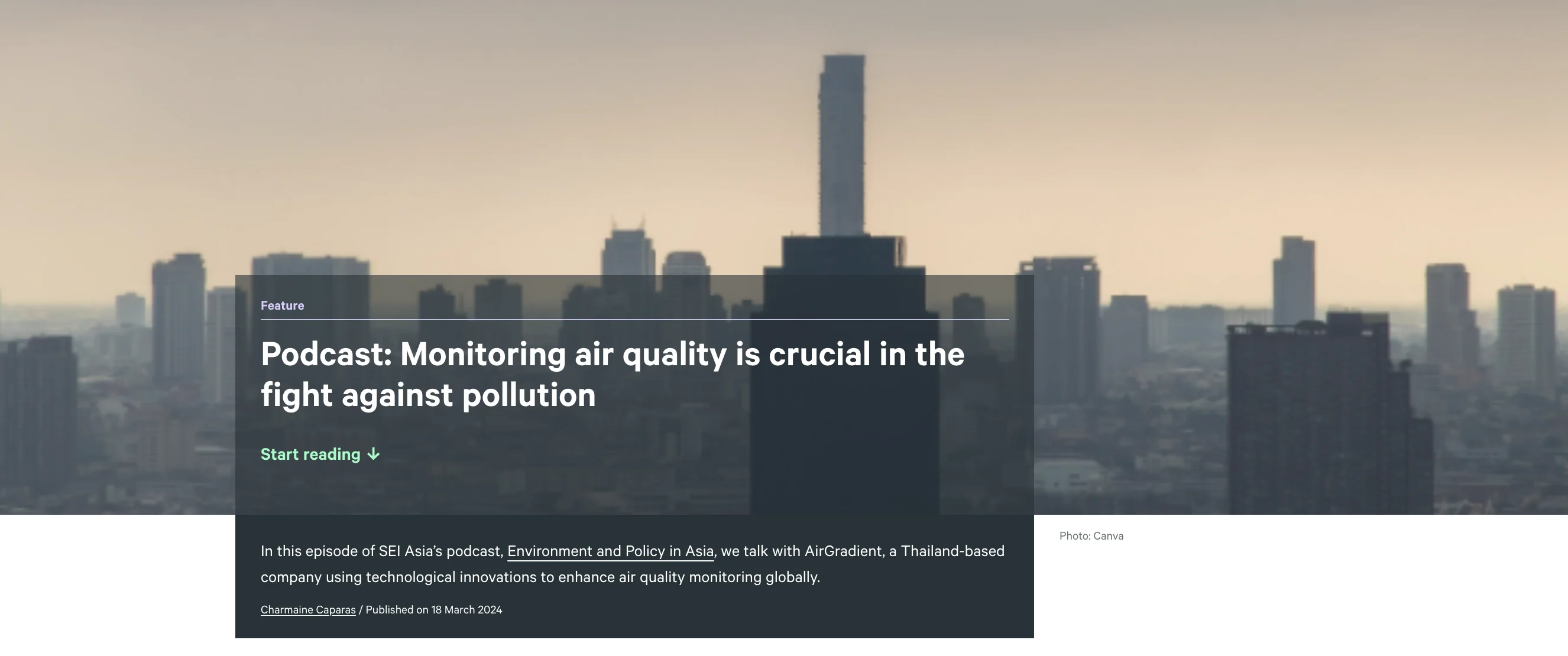Both home-assistant-enabled monitors use high-quality sensors from industry leaders like SenseAir, Sensirion, and Plantower, ensuring accuracy through rigorous testing and calibration.
The SenseAir S8 CO2 sensor utilizes NDIR technology with automatic baseline calibration (ABC) every seven days (customizable), providing very accurate measurements. High levels of CO2 can indicate poor ventilation, causing headaches, tiredness, and reduced cognitive performance. Increasing outdoor CO2 levels can be indicators of climate change.
For PM2.5 measurements, AirGradient employs the Plantower PMS5003(T) sensors, which use laser scattering technology and have been extensively tested in various studies. Elevated PM2.5 levels are linked to numerous health issues, including premature mortality, heart or lung problems, and asthma attacks. The sensor module is factory-calibrated.
TVOCs and NOX are measured with the Sensirion SGP41 sensor, which detects volatile organic compounds from indoor sources like off-gassing furniture, aggressive cleaning liquids, and harmful gases from gas stoves or boilers. Outdoors they can be emitted by vehicles and indicate areas of high pollution. The measurements are based on the Sensirion VOC Index, which represents changes in VOC concentrations. Temperature and humidity are measured with the Sensirion SHT3x/4x sensors, known for their accuracy and for providing insights into indoor comfort levels and mold risk.
We work very closely with several leading universities on air quality monitoring, and due to its performance and affordability, our indoor air quality monitor has been selected for the largest study of classroom air quality in the world. We also work on many co-location projects with our outdoor air quality monitor and leading universities worldwide. You can read more about our work with research institutions on our research page.

